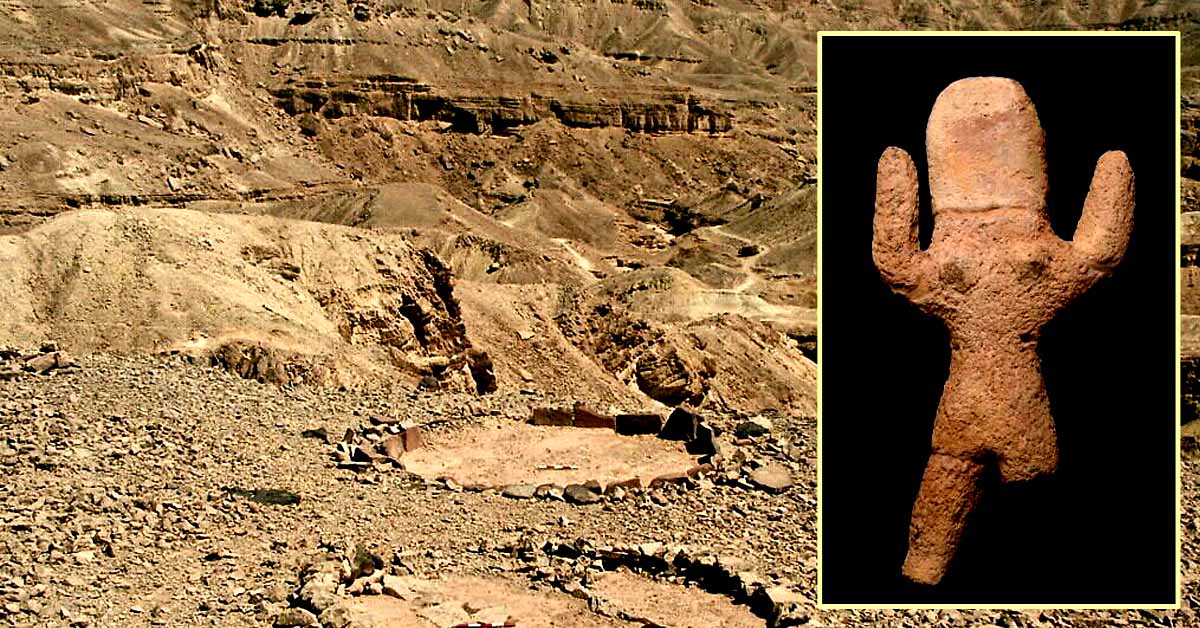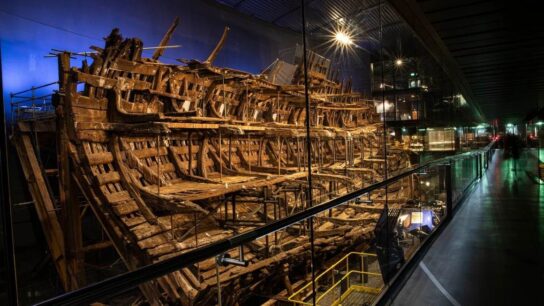Artifacts Found Along Ancient Route To Mecca May Have Protected Pilgrims From The ‘Evil Eye’
A collection of unusual objects accidentally discovered decades ago along an ancient pilgrimage route in southern Israel were likely used by magicians-for-hire to perform protection rituals or other magical services for Mecca-bound Muslim travelers around 400 years ago, according to recent Israel Antiquities Authority research.
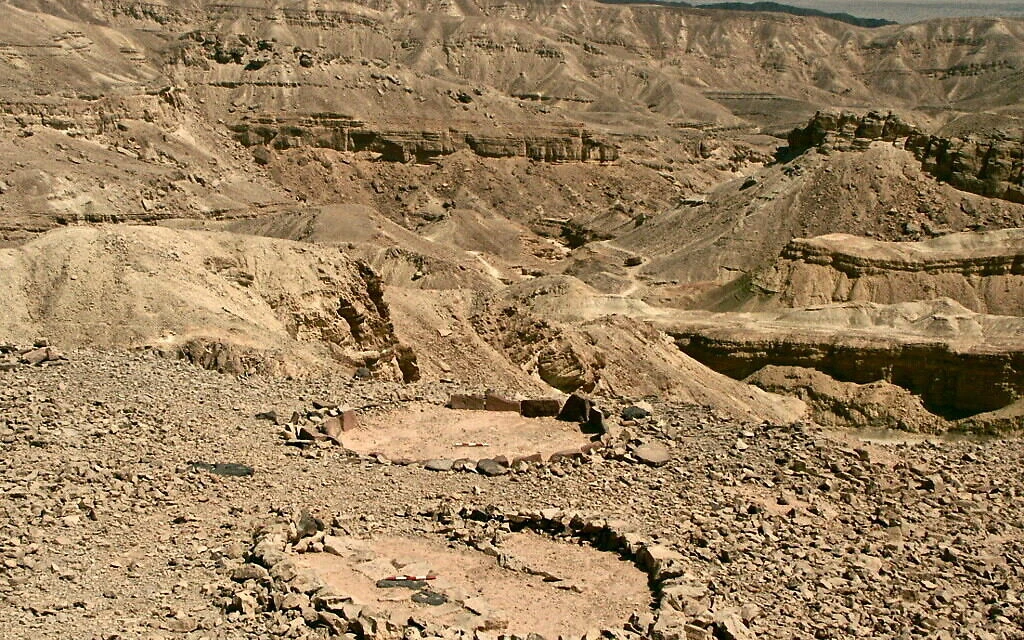
The items, which include clay rattles, incense burners, colored quartz pebbles and small human-shaped figurines, were first discovered by chance by local Eilat resident Moti Shemtov in 1996, but their likely purpose was not deciphered until recently.
The findings of a team of researchers were published in July in an article, “A Unique Assemblage of Late Islamic Magical Artifacts from Netafim 2: A Campsite on the Darb al-Hajj, Southern Israel,” co-authored by Dr. Itamar Taxel of the Israel Antiquities Authority, Dr. Uzi Avner of the Dead Sea-Arava Science Center, and Dr. Nitzan Amitai-Preiss of the Hebrew University of Jerusalem, which appeared in the Journal of Material Cultures in the Muslim World.
The objects were found near one of the campsites along the Pilgrimage Road (or, in Arabic, Darb al-Hajj), which was the old land route leading from Cairo through northern Sinai to the Aqaba region and then onward to Mecca and Medina in the Arabian Peninsula.
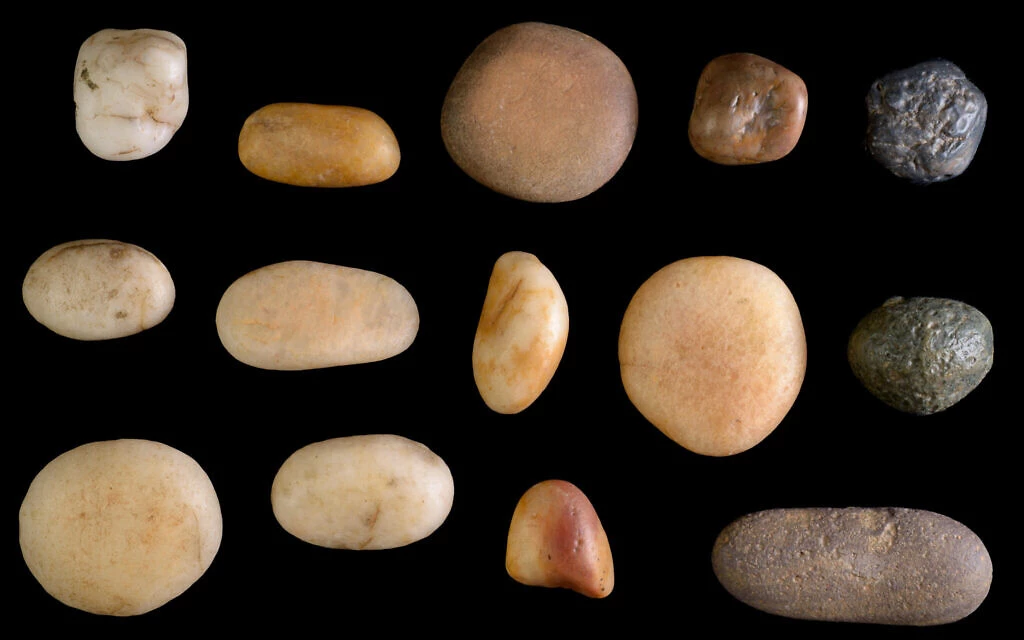
While the route itself was in use between the 7th and 19th centuries, the sites and structures discovered along the route in southern Israel seem to have been used only since the Mamluk and early Ottoman periods, or the 13th and 14th centuries.
The items in question were likely “employed in magical rituals carried out in order to ward off the evil eye, to heal diseases and more,” according to an IAA press release.
The researchers wrote that the discovery “reveals that people in the Early Ottoman Period, just as today, consulted popular sorcerers, alongside the formal belief in the official religion.” The various objects were found broken, which the team postulates may have been the result of a deliberate act undertaken during a ritual ceremony.
“It seems that these rituals were carried out at the site by one or several people who specialized in popular magical ceremonies. From the literary sources, we know that there was a demand for magical rituals among people from different strands of society. Such rituals were carried out daily alongside the formal religious rituals – including in the Muslim world – and it is probable that the pilgrims making their way to the holy cities of Mecca and Medina were no exception,” the authors noted.
Belief in magic, sorcery and the “evil eye” can still be found among Muslims around the world, but generally has been seen as incompatible with traditional Islam, sometimes with tragic results. As the authors make clear, such beliefs have always existed as a part of Islamic culture and their study points to a time in the late Middle Ages when magic and charms of protection were a more accepted part of life. Jewish culture has shared a similar trajectory in terms of acceptance of magic, and occasional discoveries of old Jewish “magic items” have also come to light.
After Shemtov discovered some of the items in 1996, a formal excavation at the site was carried out by the IAA. The collection of artifacts mostly consists of fragments of round clay rattles, similar in size to modern table tennis balls. These rattles would have contained small stones that would sound when shaken. Similar rattles have been discovered at multiple other sites around what is now modern Israel. Two “miniature incense altars” and a collection of small, rounded quartz stones of different colors, perhaps used for divination, were also part of the find, along with various human and animal-shaped figures. Analysis of the clay used to fashion the ceramic items indicates that they were crafted in Egypt.
Of special interest is “a small figurine of a naked woman or a goddess with raised hands,” whose presence “in a later Islamic period context is quite surprising considering the prohibition of images,” as the authors note. The item was found shattered into several pieces and then was restored by the researchers. Several more fragments, likely from other, similar figurines, were found at the same site.
Despite the blanket prohibition against sorcery, such figurines have been part of the practice of both “black” and “white” magic among various Muslim and non-Muslim peoples in the Islamic world and likely have origins in pre-Islamic society.
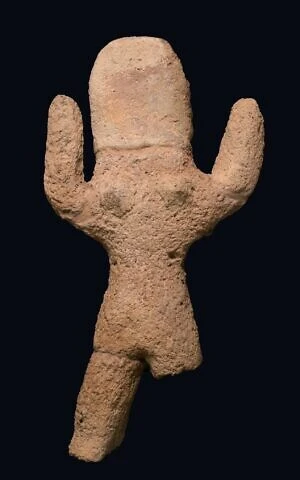

Human-shaped illustrations, often with raised hands, have been found among incantations and other symbols that decorate various kinds of “magic bowls” traditionally used by magicians, bolstering the idea that the figures found in southern Israel were also used for magic. According to the researchers, such bowls “were used by people of all societal levels and every religious group and were an essential component of ‘alternative’ medicine in the Islamic world,” comparable to the “therapeutic talismans… used by magicians and sorcerers” such as those discovered along the Pilgrimage Road.
The authors hypothesized that the items may have been used by a woman, as both Jewish and Muslim women in Ottoman society could take on roles relating to divination, sorcery and healing. It is also possible that instead of being some sort of roadside healer, the individual who owned the objects was simply “one of the Egyptian pilgrims participating in the hajj and engaged with magic upon camping at the site, and probably elsewhere during the journey,” according to the authors.
The researchers note that the hoard of magic objects is a “highly exceptional” find that sheds light on the lives and behaviors of the Muslim pilgrims in the area, who “left behind relatively modest architectural remains and a few material items.”
Despite this lack, according to the IAA’s Dr. Omry Barzilai, the IAA, in conjunction with the Tourism Ministry, has plans to create a “unique regional archaeological-touristic area” around the Pilgrimage Road and adjacent archaeological areas, parts of which run through what are now the municipal boundaries of Eilat.

